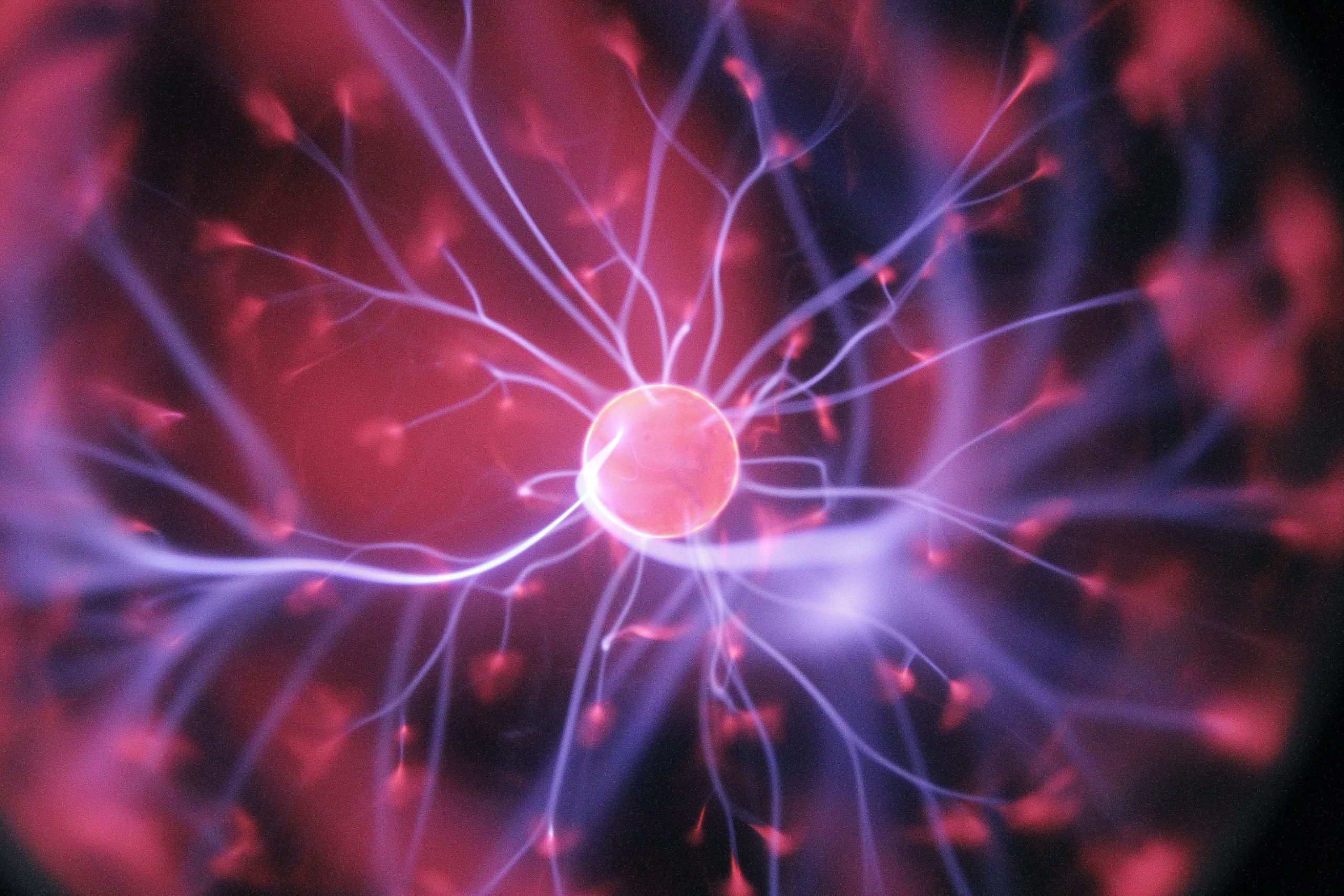When blood flow to the brain is disrupted, a brain stroke ensues. The region of the brain that is deprived of oxygen and glucose dies if an artery to the brain is clogged. Uncontrolled diabetes and hypertension, smoking, poor diet, high cholesterol, and lack of exercise are all risk factors.
If any of these symptoms appear suddenly, they should be considered as signalling a stroke, and immediate medical intervention is required to remove the clot and restore blood supply to the brain. Potentially game-changing medication can only be administered during the first three hours of a stroke. This procedure of dissolving blood clots with drugs is called thrombolytics.
If the blood clot is not dissolved by drugs, a wire is inserted into the blood vessel and the clot is mechanically absorbed or removed. A mechanical thrombectomy is a procedure that can be performed 24 hours after a stroke has occurred.
Also Read: How does COVID affect the brain? Two neuroscientists explain
Early recognition of a stroke is crucial; if you have any doubts, go to the hospital and consult a doctor, and let the treatment begin. However, this must be done in a facility that specialises in thrombolytics and has the personnel and equipment necessary to conduct the thrombectomy. If not, a stroke can have a significant impact on a person’s life because if they are left speechless or have a paralysed arm or leg, they will have to live with it for the rest of their lives. If medical intervention is successful in restoring blood flow, the patient may be able to live a normal life. Neurons and brain cells can be made to operate normally once blood supply is restored.







